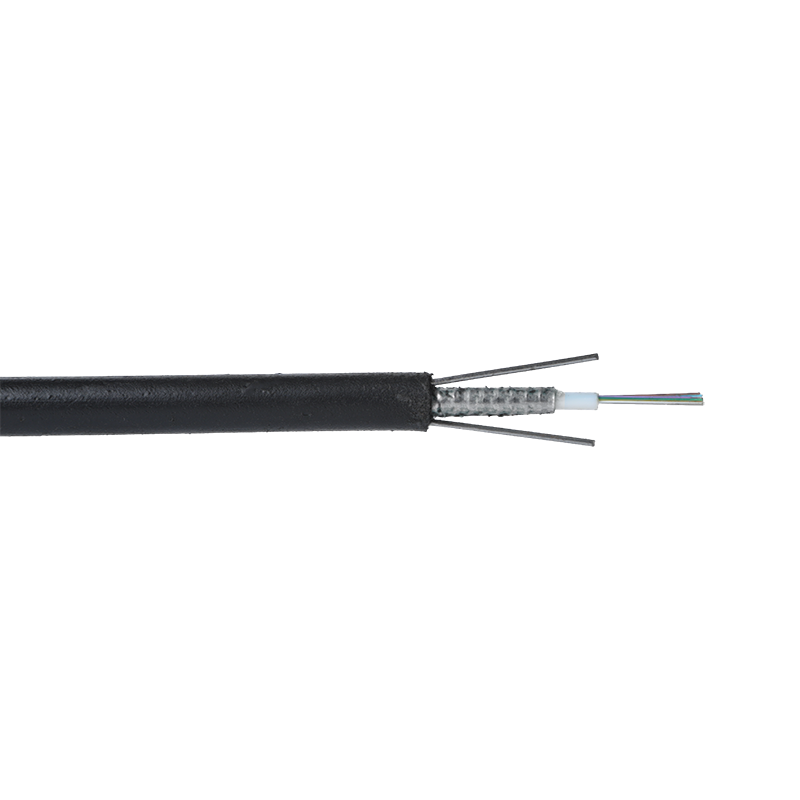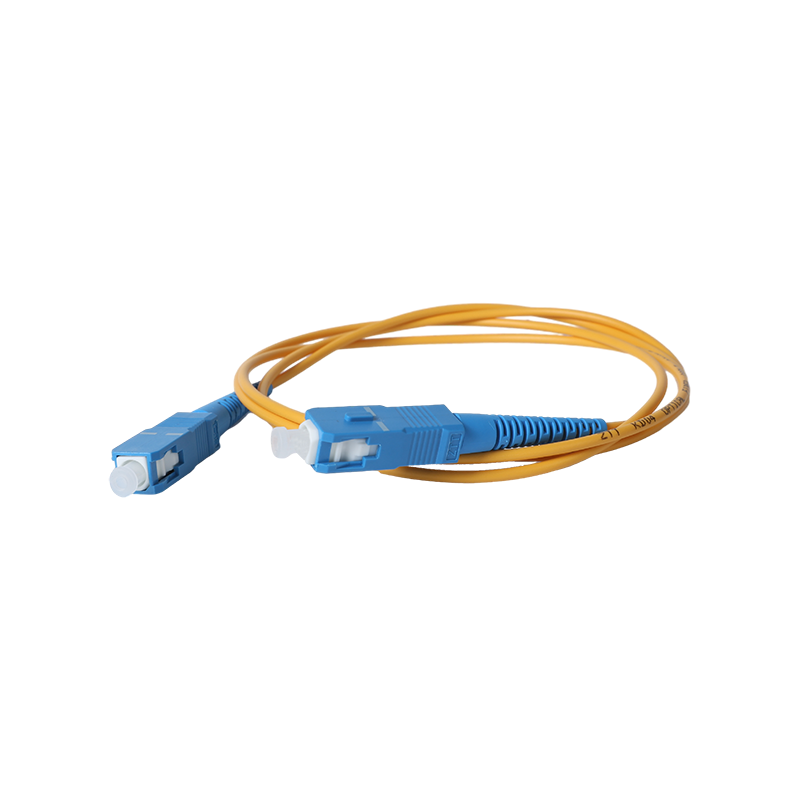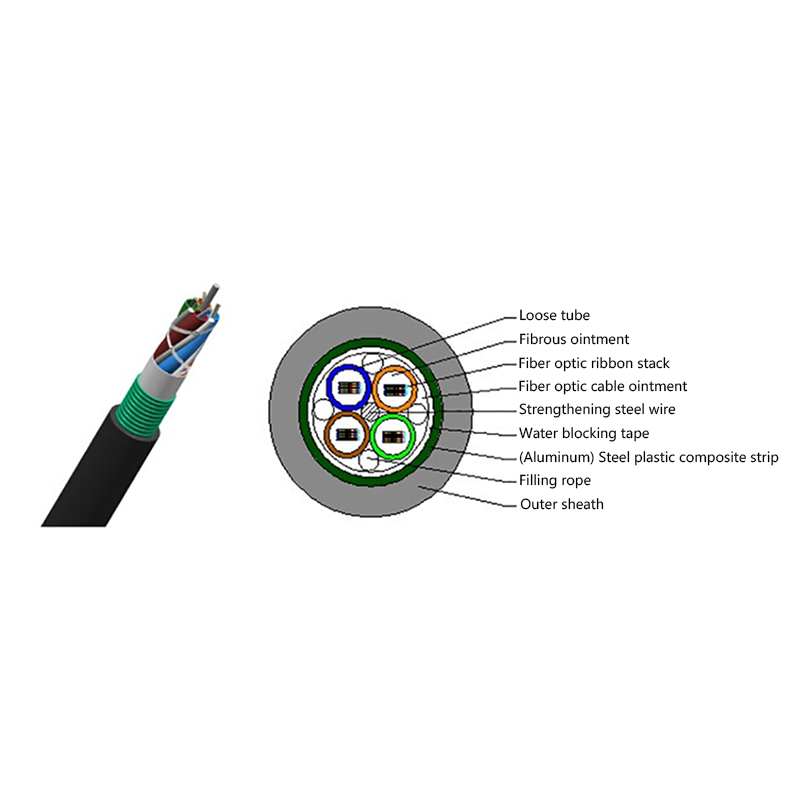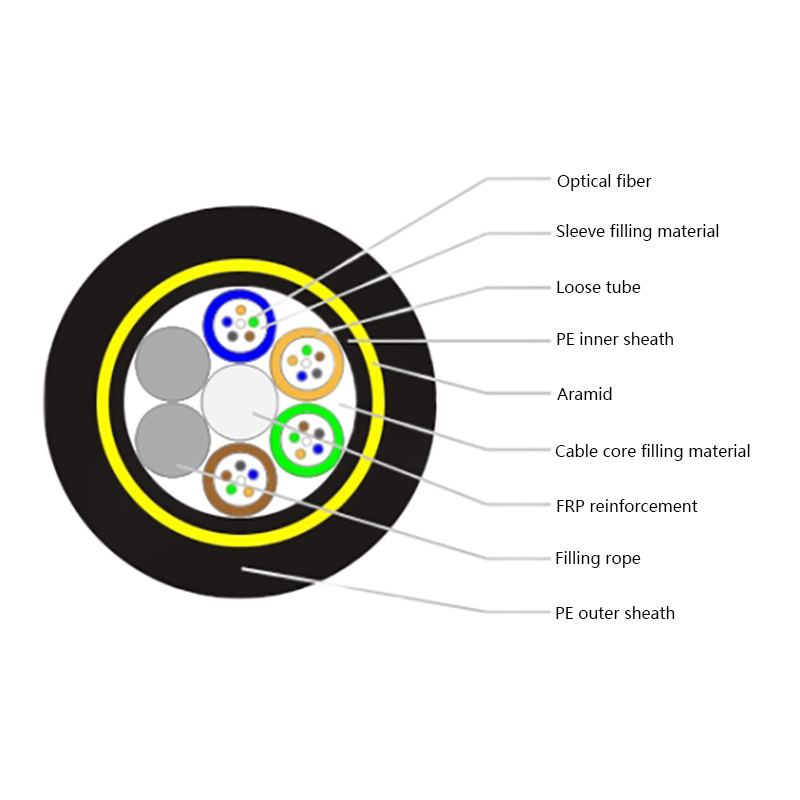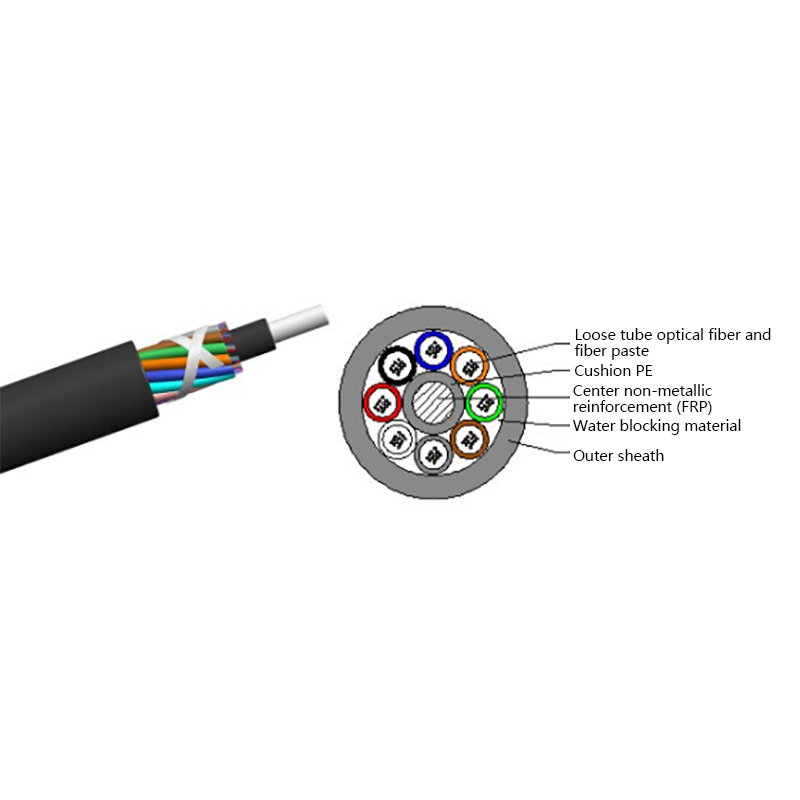Optoelectronic Composite Cables: Revolutionizing Connectivity
In the ever-evolving landscape of modern communication and power transmission, optoelectronic composite cables have emerged as a groundbreaking solution. These cables represent a harmonious blend of optical fiber and electrical conductor technologies, enabling the simultaneous transmission of both optical and electrical signals within a single integrated structure. This innovative approach has not only streamlined the installation and maintenance processes but has also significantly enhanced the efficiency and reliability of various applications across multiple industries.
Structure and Components
Optical Fiber Component
At the heart of an optoelectronic composite cable lies the optical fiber, a crucial element responsible for the high-speed transmission of data through light signals. Optical fibers are typically made of high-purity silica glass, which exhibits exceptional optical properties, allowing for minimal signal loss and attenuation over long distances. These fibers consist of a core, where the light signal is guided, surrounded by a cladding layer with a lower refractive index to ensure total internal reflection and efficient signal propagation.
Electrical Conductor Component
Complementing the optical fiber is the electrical conductor, usually made of copper or aluminum, which is designed to carry electrical power and low-frequency electrical signals. The conductors are carefully insulated to prevent electrical interference with the optical fiber and to ensure safe and efficient power transmission. The choice of conductor material and its cross-sectional area depends on the specific power requirements and electrical characteristics of the application.
Protective Layers and Strengthening Elements
To safeguard the delicate optical and electrical components, optoelectronic composite cables are equipped with multiple protective layers. An outer sheath, typically made of durable polymers such as polyethylene or polyvinyl chloride (PVC), provides mechanical protection against abrasion, moisture, and environmental factors. Additionally, strengthening elements such as aramid fibers or steel wires are incorporated to enhance the cable's tensile strength and resistance to external forces, ensuring its integrity during installation and long-term use.
Working Principles
Optical Signal Transmission
The transmission of optical signals in an optoelectronic composite cable is based on the principle of total internal reflection. When a light signal is injected into the core of the optical fiber at a specific angle, it repeatedly reflects off the boundary between the core and the cladding, effectively confining the light within the core and allowing it to propagate along the length of the fiber. This phenomenon enables the high-speed and low-loss transmission of data, making optical fibers ideal for applications that require large bandwidths and long-distance communication, such as telecommunications networks, data centers, and high-speed internet connections.
Electrical Signal Transmission
On the other hand, electrical signals are transmitted through the conductors in the cable using the principles of electromagnetism. When an electrical voltage is applied across the ends of the conductor, an electric current flows through it, carrying electrical power or signals. The electrical properties of the conductor, such as its resistance and conductivity, determine the efficiency of power transmission and the quality of the electrical signals. In optoelectronic composite cables, the electrical conductors are carefully designed to minimize power losses and interference with the optical fiber.
Advantages of Optoelectronic Composite Cables
Space and Cost Savings
One of the primary advantages of optoelectronic composite cables is their ability to combine multiple functions into a single cable, resulting in significant space savings. In traditional installations, separate cables are required for optical data transmission and electrical power supply, which can be cumbersome and require additional space for routing and installation. By integrating these functions into a single cable, optoelectronic composite cables simplify the cabling infrastructure, reduce the need for multiple conduits and trays, and ultimately save valuable space, especially in applications where space is at a premium, such as in-building wiring and underground installations.
In addition to space savings, optoelectronic composite cables also offer cost advantages. The elimination of the need for separate cables and the associated installation materials and labor can lead to substantial cost reductions. Moreover, the simplified cabling infrastructure reduces the complexity of maintenance and troubleshooting, further lowering long-term costs.
High-Speed Data Transmission and Power Delivery
Optoelectronic composite cables are capable of providing both high-speed data transmission and reliable power delivery simultaneously. The optical fiber component enables the rapid transfer of large volumes of data, meeting the demands of bandwidth-hungry applications such as high-definition video streaming, cloud computing, and data-intensive industrial processes. At the same time, the electrical conductors can supply the necessary power to operate various devices, eliminating the need for separate power cables and reducing the overall complexity of the power distribution system.
Immunity to Electromagnetic Interference
Optical fibers are inherently immune to electromagnetic interference (EMI), making optoelectronic composite cables highly suitable for applications in electromagnetic-sensitive environments. Unlike traditional copper cables, which can be affected by external electromagnetic fields, optical fibers transmit data using light signals, which are not influenced by EMI. This immunity ensures the integrity and reliability of data transmission, even in the presence of strong electromagnetic sources such as power lines, motors, and radio transmitters.
Flexibility and Adaptability
Optoelectronic composite cables are designed to be flexible and adaptable to a wide range of applications and installation scenarios. They can be easily routed through tight spaces, bent around corners, and installed in various environments, including indoor, outdoor, and underground settings. The combination of optical and electrical components within a single cable also allows for greater flexibility in system design, enabling the integration of different types of devices and systems.

Applications of Optoelectronic Composite Cables
Telecommunications
In the telecommunications industry, optoelectronic composite cables play a crucial role in enabling high-speed internet access, mobile communication networks, and fiber-optic backhaul connections. They are used to connect central offices, data centers, and end-user premises, providing both the optical fiber infrastructure for data transmission and the electrical power required to operate network equipment such as routers, switches, and base stations.
Smart Grids
Optoelectronic composite cables are also finding increasing applications in smart grid systems, where they are used to monitor and control the distribution of electrical power. These cables can transmit both the electrical power and the data signals necessary for real-time monitoring of grid parameters, such as voltage, current, and power quality. By integrating optical fiber communication with power transmission, smart grids can achieve greater efficiency, reliability, and responsiveness, enabling better management of energy resources and the integration of renewable energy sources.
Industrial Automation
In industrial automation settings, optoelectronic composite cables are used to connect sensors, actuators, and control systems, providing both the power and the communication channels required for seamless operation. These cables enable the high-speed transmission of data between different components of the industrial network, allowing for precise control and monitoring of manufacturing processes. The immunity to electromagnetic interference of optoelectronic composite cables makes them particularly suitable for use in industrial environments, where electromagnetic noise can be a significant challenge.
Transportation
Optoelectronic composite cables are also being used in the transportation industry, particularly in applications such as intelligent transportation systems (ITS) and electric vehicle (EV) charging infrastructure. In ITS, these cables are used to connect traffic sensors, cameras, and communication devices, enabling the collection and transmission of data for traffic management and control. In the case of EV charging stations, optoelectronic composite cables can provide both the electrical power for charging the vehicles and the communication channels for remote monitoring and control of the charging process.
Building Automation and Smart Homes
In building automation and smart home systems, optoelectronic composite cables are used to connect various devices, such as lighting systems, heating and cooling controls, security cameras, and home appliances. These cables enable the integration of different systems and the seamless communication between them, allowing for greater control and energy efficiency in buildings. The ability to provide both power and data transmission in a single cable simplifies the installation and maintenance of building automation systems, making them more cost-effective and convenient.
Future Developments and Trends
Advancements in Cable Design and Materials
As technology continues to evolve, the design and materials used in optoelectronic composite cables are also expected to improve. Researchers are constantly exploring new materials and manufacturing techniques to enhance the performance of these cables, such as increasing the bandwidth of optical fibers, reducing the resistance of electrical conductors, and improving the mechanical and environmental properties of the cable's protective layers. Additionally, the development of more compact and flexible cable designs will enable greater ease of installation and integration in a wider range of applications.
Integration with Emerging Technologies
Optoelectronic composite cables are likely to play an increasingly important role in the integration of emerging technologies, such as the Internet of Things (IoT), 5G and beyond wireless communication, and artificial intelligence. In the IoT, these cables will be used to connect a vast number of sensors and devices, providing the necessary power and communication channels for data collection and transmission. In 5G and future wireless networks, optoelectronic composite cables will be essential for supporting the high-speed data requirements and the dense deployment of small cells and base stations. The integration of artificial intelligence and machine learning with optoelectronic composite cables will also enable more intelligent monitoring and management of cable systems, improving their performance and reliability.
Expansion into New Markets and Applications
The growing demand for high-speed data transmission, reliable power delivery, and integrated solutions is expected to drive the expansion of optoelectronic composite cables into new markets and applications. In addition to the industries already mentioned, these cables may find applications in areas such as healthcare, aerospace, and defense. In healthcare, for example, optoelectronic composite cables could be used to connect medical devices and sensors, enabling remote patient monitoring and the integration of healthcare systems. In aerospace and defense, these cables could be used in aircraft, satellites, and military vehicles, providing the necessary communication and power infrastructure in harsh and demanding environments.
Conclusion
Optoelectronic composite cables represent a significant advancement in the field of cable technology, offering a wide range of advantages over traditional cables. Their ability to combine optical and electrical functions into a single cable has revolutionized the way we transmit data and power, enabling greater efficiency, reliability, and flexibility in various applications. As technology continues to advance and the demand for high-speed communication and power delivery grows, optoelectronic composite cables are poised to play an increasingly important role in shaping the future of connectivity. With ongoing research and development efforts, these cables are expected to continue evolving, opening up new possibilities and applications in a wide range of industries.



 English
English русский
русский Español
Español عربى
عربى 中文简体
中文简体


